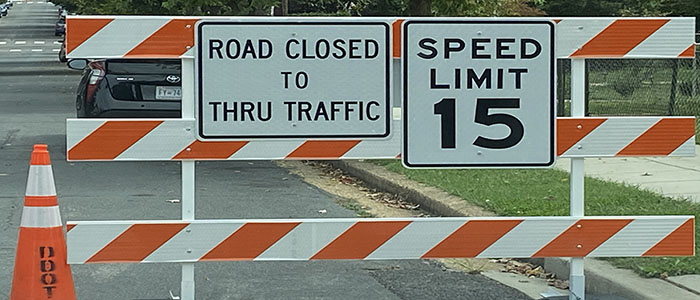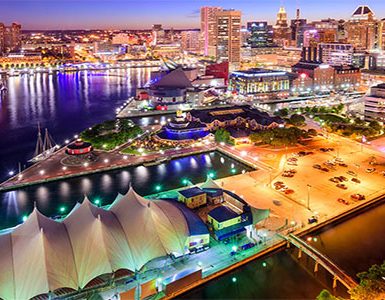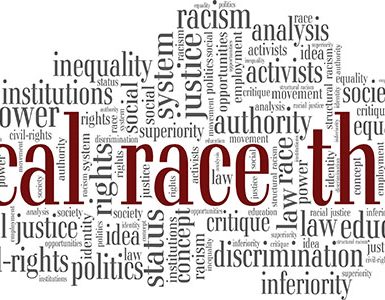If you’re like me you’ve probably been both frustrated and confused navigating your way through your usual routes zigzagging blocks at a time to get to your destination. The culprit is not potholes or traffic, but the increasing number of “Road Closed to Thru Traffic” barriers mushrooming up around the city. Several months ago DC joined a number of cities around the country that started what’s called the slow street initiatives. Although its roots date back to 2004 and studies on traffic calming – COVID-19 has brought in front and center from California to DC.
Slow streets are a part of a bigger plan to manage traffic in the District called Vision Zero. Vision Zero’s objective is to reach zero fatalities and serious injuries to travelers of our transportation system, through more effective use of data, education, enforcement, and engineering by 2024. It’s designed to improve pedestrian and bicycle transportation safety by showcasing effective local actions, empowering local leaders to take action, and promoting partnerships to advance pedestrian and bicycle safety. Although the initiative has been well received there are some opposing views. Ward 8 Councilmember Trayon White is one of them.
There are no slow streets in Ward 8. White sees these infringements as a way to force gentrification. He amended the act to exclude his ward from this initiative. The amendment reads in part “… it would be a challenge for three miles to be modified and with a plan, it needs to make sense that includes closures of streets, reduction of travel lanes, and conversation of a street from two-way to one way for cars … to make a request that would impact the entire street block. Many residents in Ward 8 have not supported bike lanes and other measures that appear to force aspects of gentrification and displacement”.
White may stand alone on the DC City Council in his opinion, but he echoes the concerns of others on the impact of these zones on neighborhoods of color around the country. Dr. Destiny Thomas, (Los Angeles) a former transportation planner, sees slow street initiatives similar to redlining. Thomas cites the lack of minority participation in the planning process and finds themselves at the mercy of city planners who tend to appeal to the “gig workers”. “As with redlining, Black people and many communities of color have been convinced that they don’t belong in the process and have to accept what they are offered,” said Thomas.
Lisa “Tiny” Gray (Homefulness Project in East Oakland) states that “Slow Streets are another way of isolating residents in contested neighborhoods that are resisting further development they feel will not benefit the current residents…Some wary communities have expressed concern about the lack of community input in the city’s decision and possible ulterior motives for the program. Advocates working with unhoused residents have called East Oakland.”
I can’t speak to the breakdown in other neighborhoods but a look at the areas designated as slow street zones in Ward 5 reflects some of the concerns those in opposition point to. The streets listed below are all parts of communities that have and are going through some of the most rapid gentrification in the District:
Ward 5
- 10th Street NE between Otis Street NE and Rhode Island Avenue NE
- 17th Street NE between Randolph Street and Bryant Street/Montana Avenue NE
- K Street NE between Bladensburg Road to 18th Street NE/Maryland Avenue NE
- Oates Street NE between West Virginia Avenue to Bladensburg Road NE
- Newton Street NE between 12th Street NE and South Dakota Avenue
We shouldn’t have to look at initiatives like slow streets with a jaundiced eye or skepticism. It’s inevitable that neighborhoods will change as the racial mix changes. However, communities don’t have to feel imposed upon. It’s up to our city planners, councilmemebrs, ANC representatives, and other community leaders to take a more inclusive and informative approaches. Even our local news sources need to make a more concerted effort to ensure people, especially in a time of uncertainty that the COVID pandemic has created, that the very streets and routes we’ve walked or driven for years and even generations are not going to be stripped from us.
***
Othe major cities with some form of slow streets include:
***
https://www.transportation.gov/mission/health/Traffic-Calming-to-Slow-Vehicle-Speeds
https://www.ite.org/technical-resources/traffic-calming/
https://www.dcvisionzero.com/
https://ddot.dc.gov/page/vision-zero-initiative
https://www.architecturalrecord.com/articles/14644-slow-street-initiatives-in-cities-promote-social-distance-during-pandemic
Whose streets? Black communities sidelined as slow streets reboot redlining for gig workers
https://537e5b33-8029-41a1-b34a-7bab56c2a301.filesusr.com/ugd/1604df_6dd3a96da5a64de5a5407dcdf585447d.pdf
https://537e5b33-8029-41a1-b34a-7bab56c2a301.filesusr.com/ugd/1604df_94d0be3108a9486794428332c47bf947.pdf
https://www.dcvisionzero.com/action-plan


















Add comment